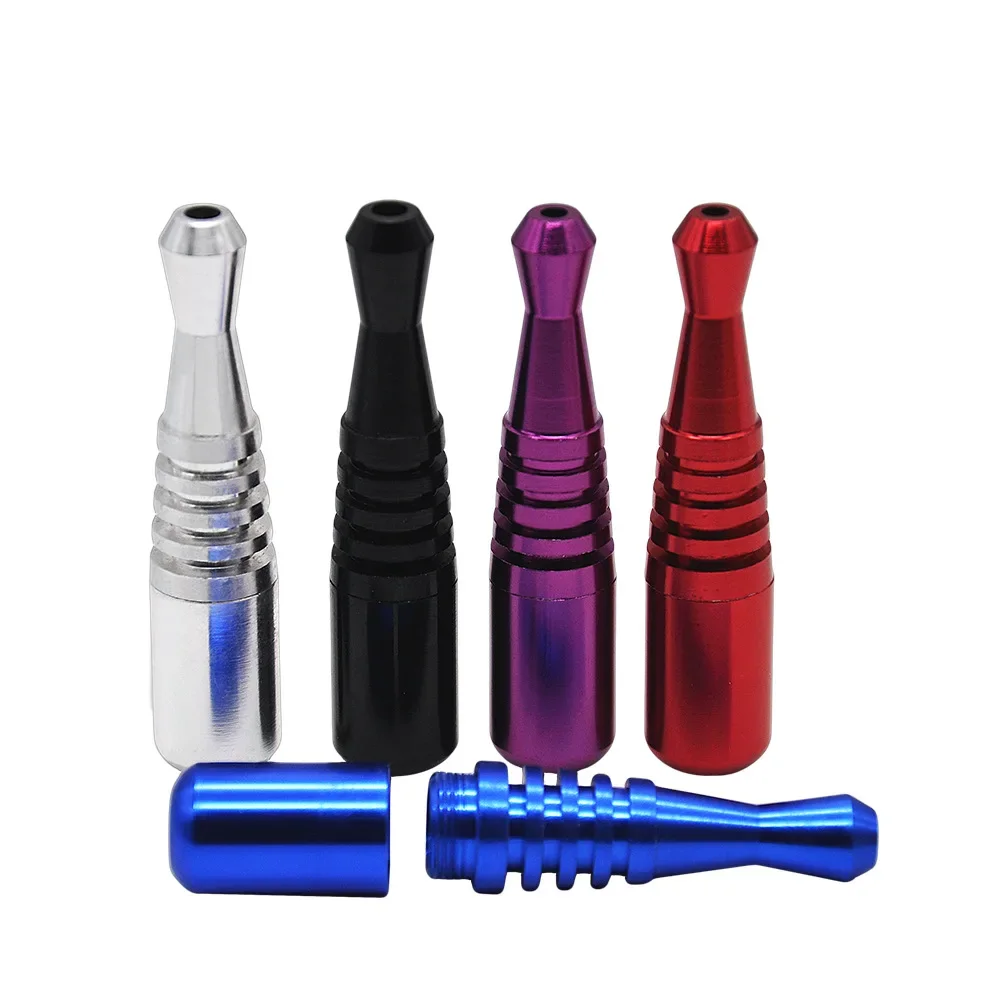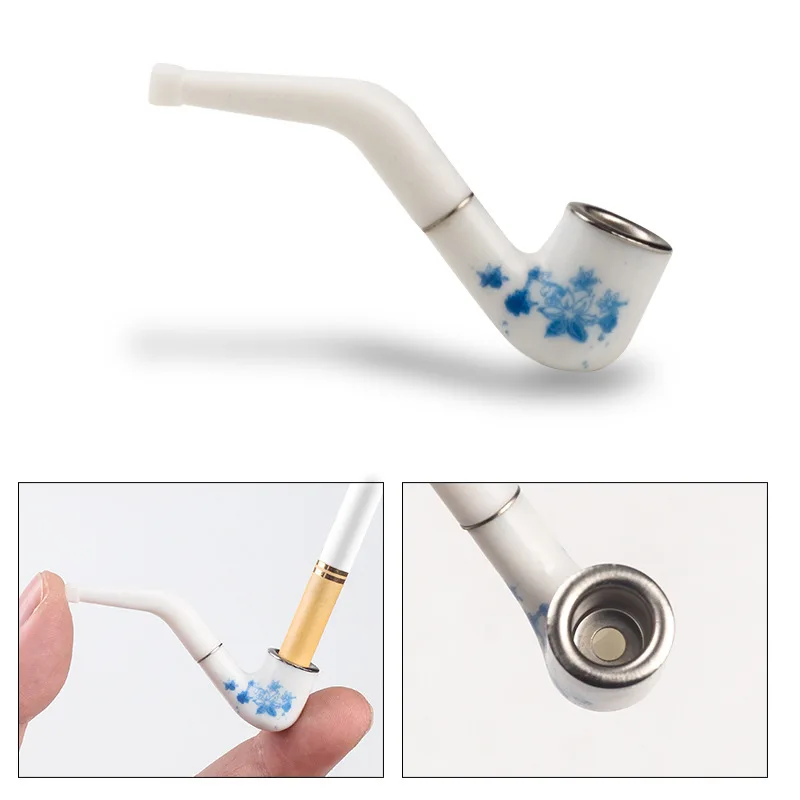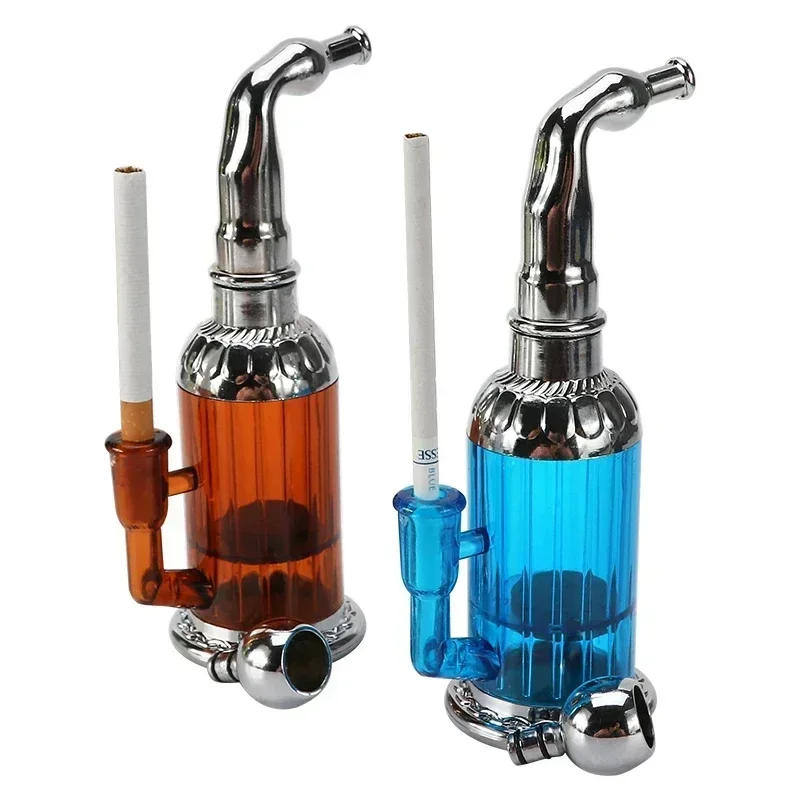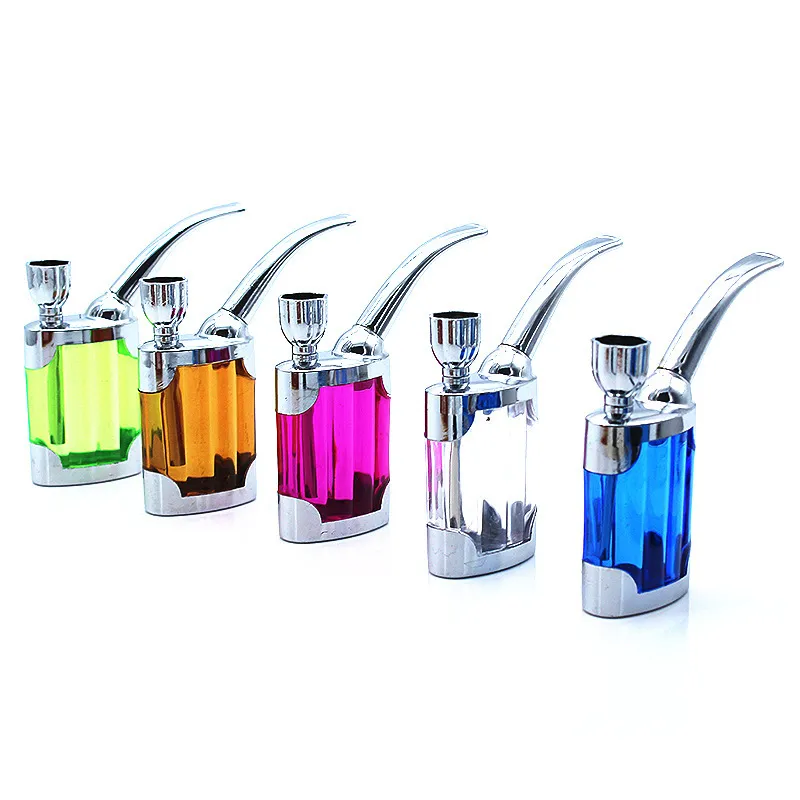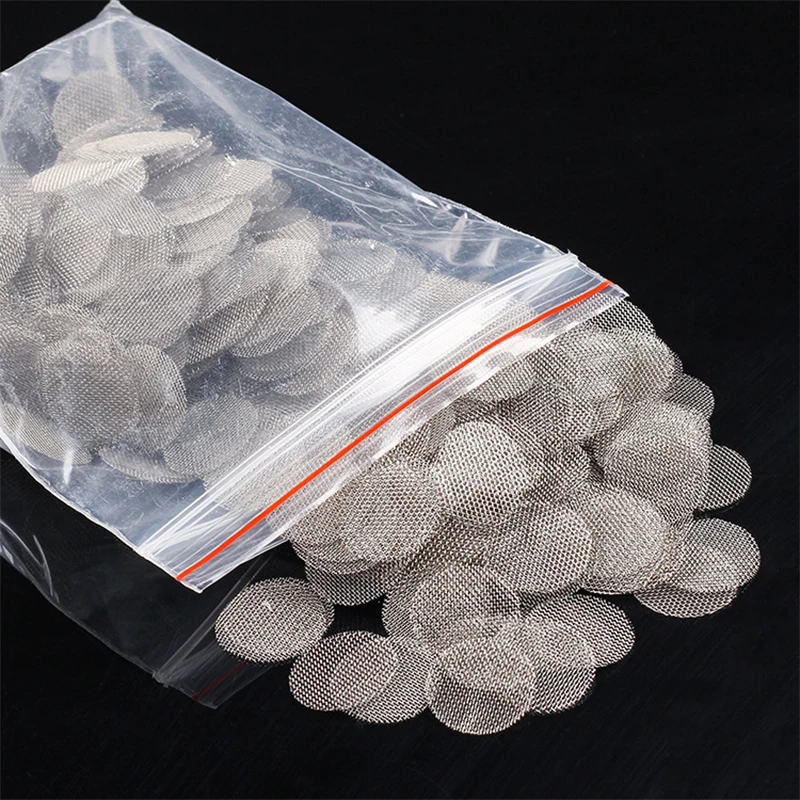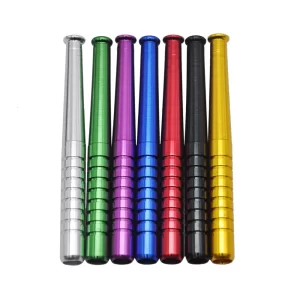“More work needs to be done on a state and federal level before these services can be implemented in a way that is safe for participants and Harm Reduction programs.”
By Alexander Lekhtman, Filter
Minnesota was just the second U.S. state (after Rhode Island) to authorize overdose prevention centers allowing supervised drug use in safe conditions, at least in theory. Whether these services will actually open, at least anytime soon, now seems to be in doubt.
In 2023, Minnesota lawmakers and Gov. Tim Walz (DFL) approved legislation that established grants for “safe recovery sites.” The bill defined these as including provision of sterile syringes, naloxone, fentanyl test strips, referrals and education, as well as “safe injection spaces.”
The state authorized a grant program, “to promote health, wellness, safety, and recovery to people who are in active stages of substance use disorder.” Grants are prioritized for “organizations that are culturally specific or culturally responsive and that commit to serving individuals from communities that are disproportionately impacted by the opioid epidemic,” including Black and Indigenous residents.
Earlier in April, state officials posted details about grants that will be offered to four to six programs, with contracts until 2029 unless extended. But “safe injection spaces” are not included in the language. A representative for the state’s Department of Human Services (DHS), Behavioral Health Administration confirmed that the state government is not pursuing them in the immediate future.
“The Safe Recovery Site Legislation did not include any protection for programs operating safe injection sites, or to participants accessing them,” Scott Peterson told Filter in an email. “This is why the Request For Proposal (RFP) does not include this service. More work needs to be done on a state and federal level before these services can be implemented in a way that is safe for participants and Harm Reduction programs.”
“The State understands that this potential service will require careful consideration and extensive engagement with tribes, community partners, people who use drugs, elected officials and law enforcement,” he continued.
Peterson also noted that there are two legislative proposals in the Senate that would cut a total of $25.5 million in potential funding to Safe Recovery Sites over a four-year period. He said DHS will be working with the Senate, but did not clarify its position on these cuts.
According to a report in the Star Tribune, Teresa Steinmetz, a DHS assistant commissioner, clarified that state officials remain committed to opening safe-use spaces at a future point. DHS representatives have visited the two overdose prevention centers (OPCs) in New York City (which are sanctioned by the city, rather than the state) and met with Rhode Island health officials about their own groundbreaking OPC, which opened in January. Within Minnesota, the department has met with 13 local harm reduction programs, and several Tribal Nations to discuss the plan further.
Brian Warden, the harm reduction director of Anything Helps Minnesota, providing harm reduction and recovery services, said that state officials are likely being more cautious due to political hostility to OPC under the Trump administration.
“There was a lot of progress made during the pandemic,” he told Filter. “There was a recognition of the overdose disparities that exist and [the need to] make services available to everyone. The governor’s office has made plans to increase access to harm reduction and use opioid settlement money to help programs like ours that directly work with the BIPOC community.”
But after the 2024 election, there was a notable shift, he said. “With harm reduction, the political dynamics directly inform how programming is rolled out… My understanding is DHS is now thinking, the safe injection part now is not so palatable, so we’re going to take that piece out of the safe recovery site.”
Mary McCarthy, executive director of the Rural AIDS Action Network, said that the planned safe recovery sites—even if they don’t function as OPCs—would still be valuable. Her organization, centered in several counties throughout Minnesota, is not currently applying for the grants due to being short-staffed.
“It’s very similar in scope to our syringe service programs,” she told Filter. “The main difference is it looks to provide more space for folks to just be there and attend to other needs—like taking a shower, or washing clothes, and be in a safe and low-barrier space. Many times these folks are ostracized from other spaces. The more practical element is it provides people an opportunity who use drugs to be in a safe place, so the overdose response might look very different than if they were out on their own somewhere.”
Naloxone and other resources like oxygen therapy would still be available on-site to protect people, she noted.
However, not permitting drug use on site makes it less likely that those resources will be in the right spot when they’re needed.
Asked if she thinks Minnesota is ready to open OPCs, McCarthy, who disclosed that she formerly worked for the DHS Behavioral Health Administration, was hesitant.
“Safe injection is a challenge. I understand the rationale for the state’s [hesitance] to go to that level,” she said. “We don’t know if we’re prepared to take that on. There are successful programs that are running [elsewhere]. Minnesota has to do it well, because we don’t want to be the place that screws it up for other folks. It’s something we have to be incredibly intentional and thoughtful about to ensure we’re providing the best level of service we can, and make sure there are no adverse complications to cause any conflicts.”
Among these complications, McCarthy expressed that certain populations might oppose safe injection spaces, and that people who use drugs might fear the facilities would invite greater police scrutiny. She sees the state health department’s current plan—for safe recovery sites with harm reduction resources but without safe injection—as the resulting compromise.
As overdose deaths continue in Minnesota, Warden feels that harm reduction programs like his are on the defense and thinking about how to survive the next four years. Thankfully, his program has sources of private funds.
“We’re responding how we always have,” he said of the delay with OPC, “by hoping for the best and fighting, but preparing for the worst.”
This article was originally published by Filter, an online magazine covering drug use, drug policy and human rights through a harm reduction lens. Follow Filter on Bluesky, X or Facebook, and sign up for its newsletter.
Drug Enforcement Leads To Increases In Violence, Report Published By UK Government Concludes
Photo courtesy of Jernej Furman.





